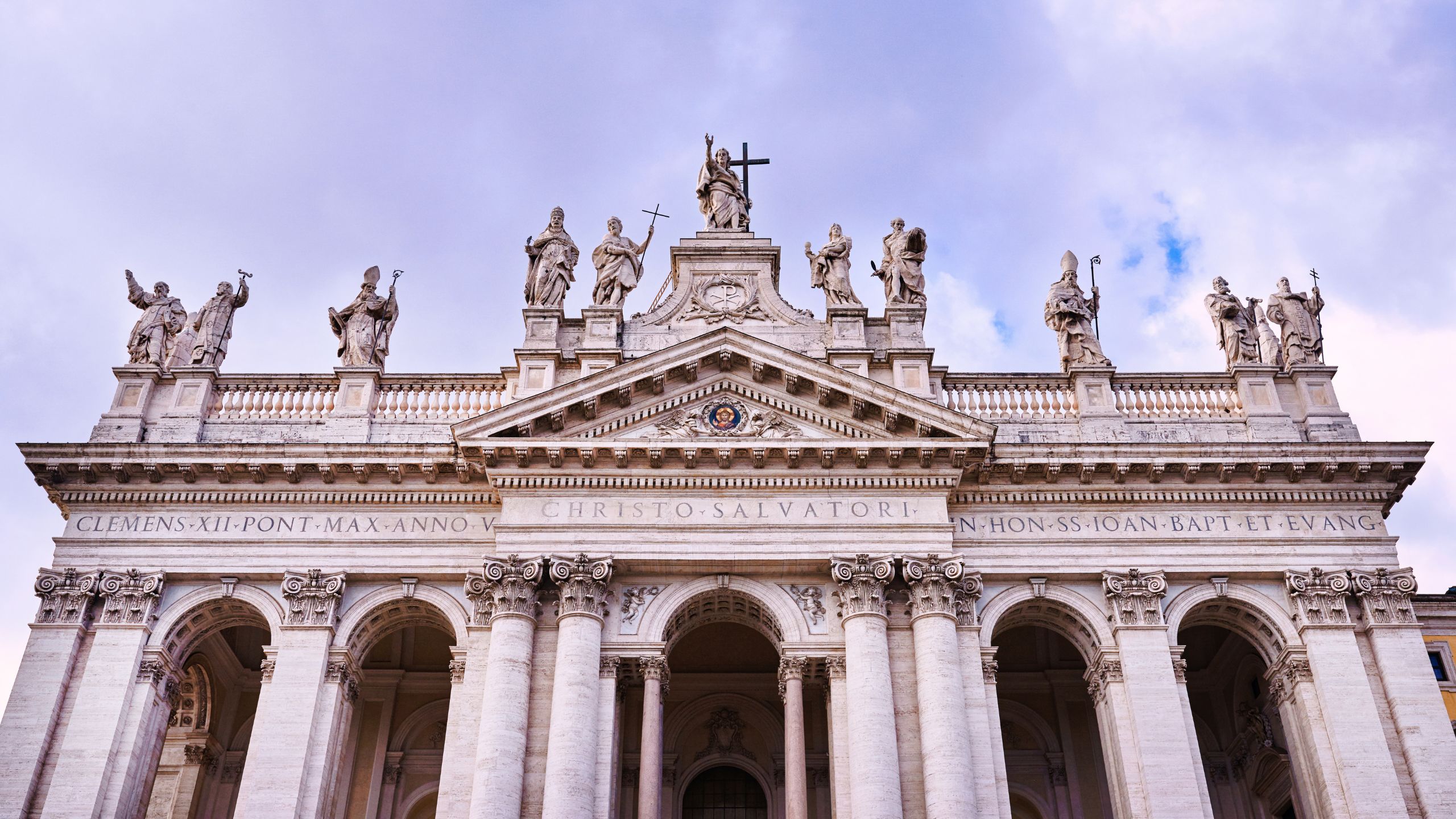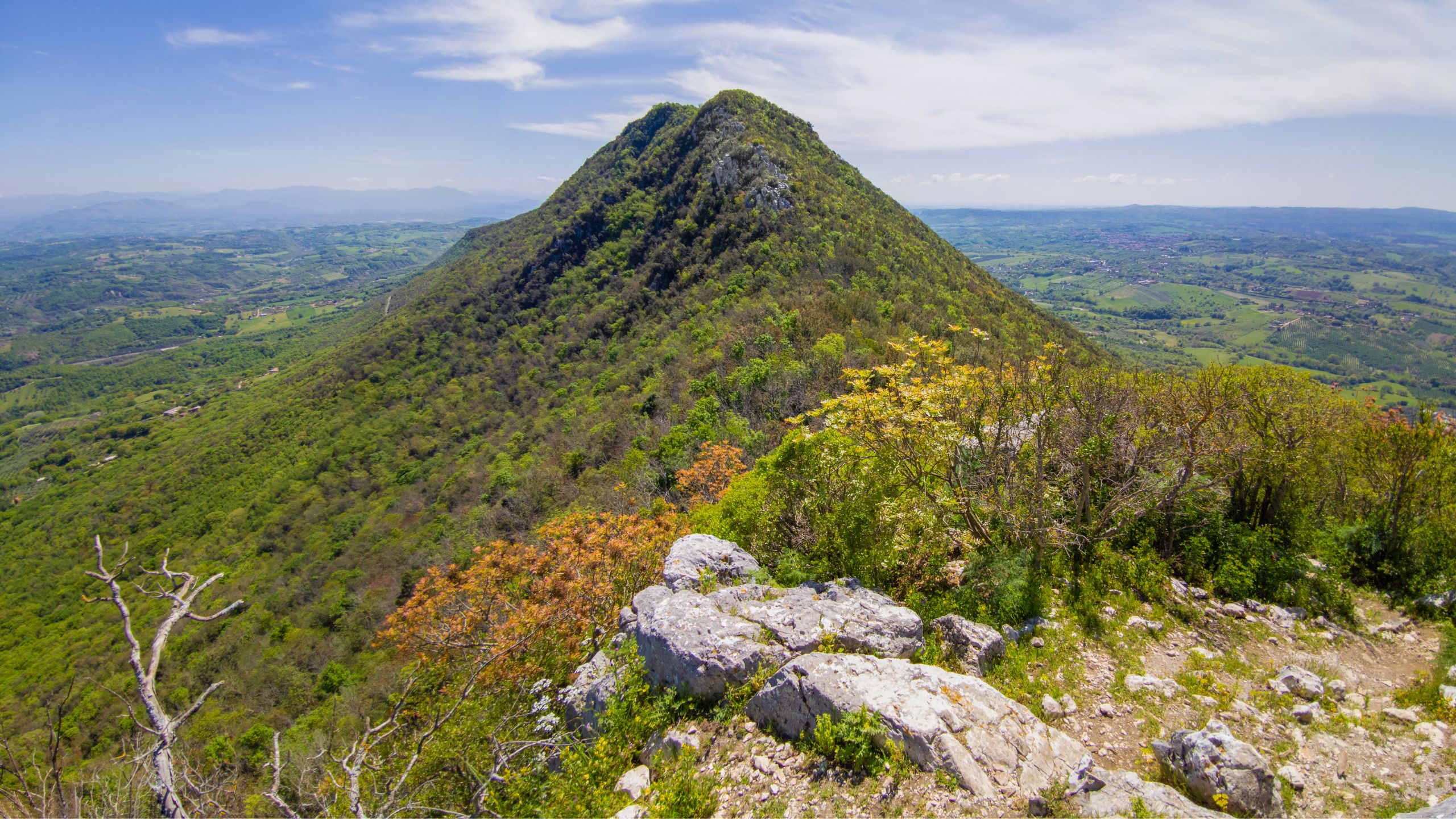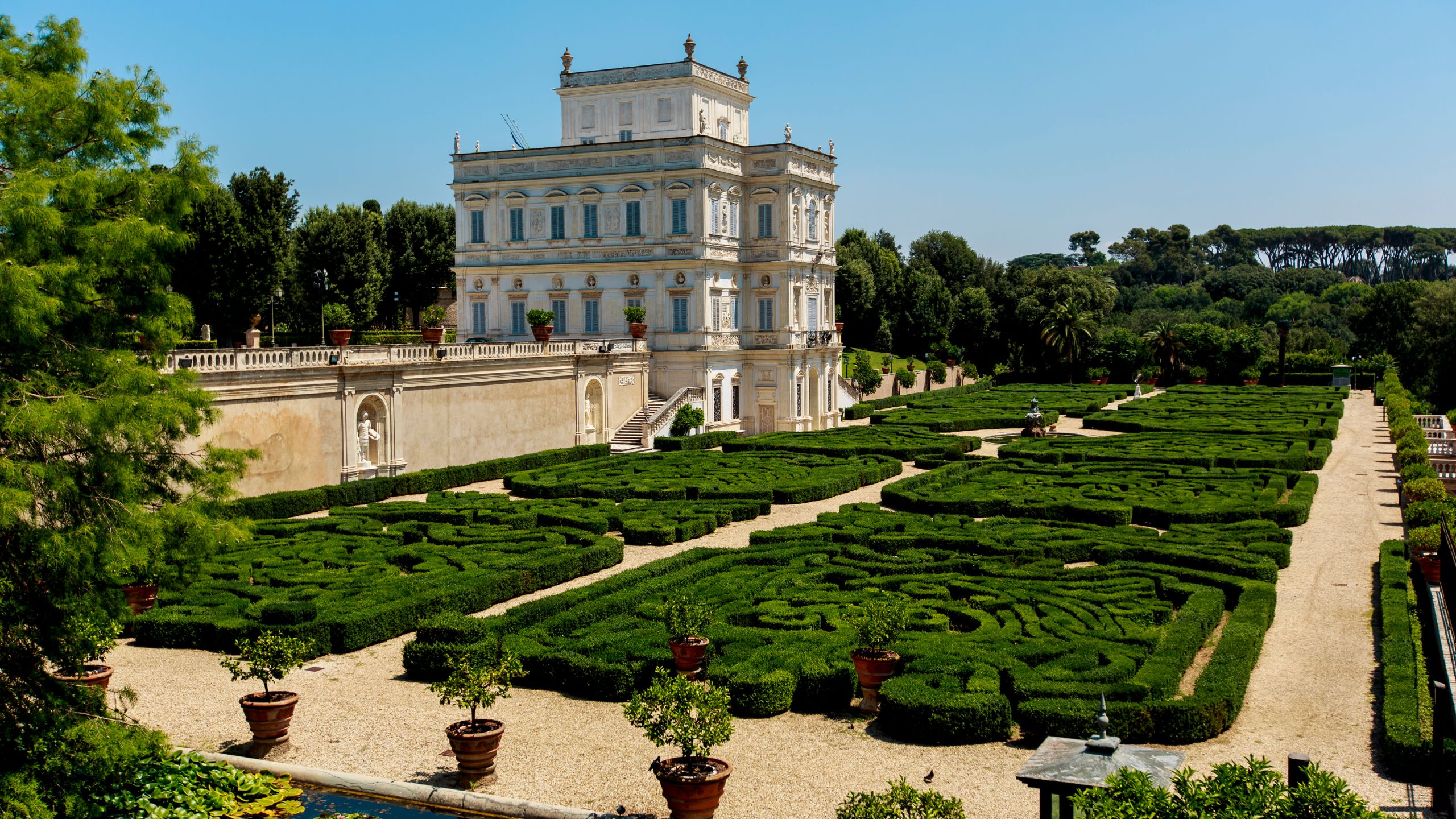Discovering Musei Capitolini: the first museum of Roman history and their speaking statue
The Musei Capitolini are the connection between a never forgotten past and the present in Rome, nourishing admiration for so much beauty and culture. The Musei Capitolini can boast the exclusive supremacy of being the first place in the world collecting works of varied origins, exposed for being admired by the public.
In the past, at least until the Middle Ages, the artistic collections, even the rich families and Popes ones, were an exclusive virtue, to be shared with just a narrow group of people.
The cultural change came from the initiative of Pope Sisto IV, when he started an important donation of all the the Vatican works considered not adequate for the Christian religion, in 1471.
Among the works, there was also the famous bronze Lupa capitolina, you can admire in front of the Palazzo dei Conservatori nowadays, in the courtyard designed and realized by Michelangelo, in the public square of the Campidoglio.
This is the reason why the museums can be considered the oldest in the world.
The first public opening of the Musei Capitolini
It took many decades from the donation to the public opening. The same was ordered by another Pope, Clemente XII, in 1734.
The opening was actually facilitated by ulterior donations of illustrious works by other Popes, such as Pio V and Paolo III.
In 1634, they had to build another palace, in order to contain all those rare pieces. So the Palazzo Nuovo was built.
Benedetto XIV promoted the creation of the Pinacoteca capitolina, donating other works of the private collections of some families, such as Pio' and the Sacchetti's.
The artistic wealth of Rome makes a place like the Musei Capitolini a benchmark to closely observe wonderful works of various periods. There actually are amazing archaeological rests, but also works by illustrious painters, as the Caravaggio, or collections of statues and busts among the most famous in the world.
The numerous diggings done in the city produced an impressive amount of works, looking for an exposition, so that the Antiquarium was built, a sort of store where the archaeological remains were stored, nowadays opened the public.
The penultimate widening of Musei Capitolini is the one in 1997, in Ostiense district, where the former thermoelectrial establishment was situated, and then redeveloped with the new archaeological rests of more recent ages.
In 2005, a new area was opened, the Esedra di Marco Aurelio, widening the richest cultural offer for tourists, visitors and Rome asseyers.
The most important works of the Musei Capitolini
In the Musei Capitolini - as it is easy to imagine - there are many prestigious works, but some of them are particularly appreciated.
Among them, there is the statue of Marco Aurelio on horse, visible in the center of the public square of the Campidoglio.
It is a faithful copy to preserve the original one, protected in the Esedra room, enhanced by the natural light, by the windows.
The statue of the loved emperor is another record of the Musei Capitolini, being the only resisted from the antiquity, from 176 AD. It has never been fused - as the habit of the tim, because of the recyclable metals lack - because people believed it represented Costantino, the first Christian emperor. Until the Middle Ages, it was guarded in San Giovanni in Laterano, and lately, Michelangelo wanted it in the centre of the public square of the Campidoglio.
Today, it bewitches for the equilibrium sensation it gives, and for its great conditions, despite of the attack happened in the 70s.
The rests of the colossal statue of Costantino
In the Cortile dei Conservatori there are the rests of the colossal statue of Costantino, originally situated in the center of the Basilica di Massenzio, in the Fori Imperiali. The rests they found are the head, a hand, a foot, and a part of the arm. It probably is a work made of several materials, assembled to lighten the structure and make it stable. For this reason, the archaeologists think it is an acrolith, that is a statue made of several materials.
.JPG.jpg?1518529661710) |
.jpg?1518529651647) |
The Lupa capitolina
The universal symbol of Rome is the Lupa capitolina, connected to the legend of Rome foundation, by Romolo and Remo.
The tradition tells this statue is very ancient - Etruscan age - and that the statues of the twins have been added later on, during the Renaissance.
Some recent investigations date the statue to the XII century, but it is sure its fascination and the history about the rescue of the twins bewitch visitors and feed the aura of the mythological origins of the city.
The Galata morente
The delicacy and the gracefulness characterize this statue - a copy of the original bronze one - that is one of the most charming one in the Musei Capitolini.
It represents a naked hurt man, facing the death. His suffering is expressed by the position of the body, perfect but abandoned on a side, with a suffering and scared expression.
The work was made by Epigono in 220 B.C. and it is one of the strongest can be observed in these so special museums.
The Testa di Medusa
The Testa di Medusa is by Bernini, and you can just admire it.
It represents the moment during which the monster sees its hair becoming snakes.
The mythological legend tells Perseo tricked the monster letting it watching itself in the mirror, and petrifying it with its same look.
The expression of the face is legendary and it moves, because it expresses a moment of terror.
The speaking statue of Marforio
The speaking statue of Marforio is situated under the obelisk in the public square of the Quirinale, even if it is a very ancient statue that has changed its location a lot of times in the city.
It is part of a series of statues - 6 to be accurate - called "speaking statues", as people used to leave satirical and irreverent messages towards important people and events of Rome. The statues are used to send messages to talk about the city life, still nowadays.
Do you want to stay in Rome?
For this location we recommend Hotel Oxford, the ideal starting point to discover Rome!



